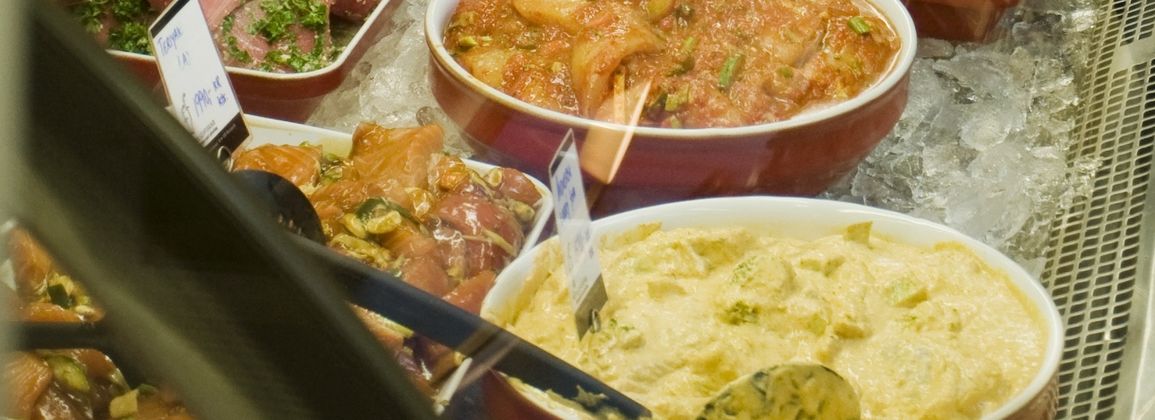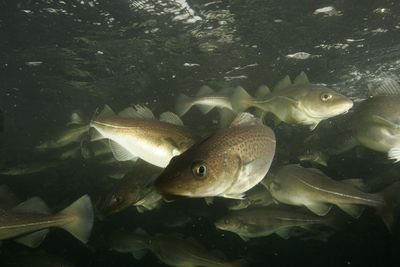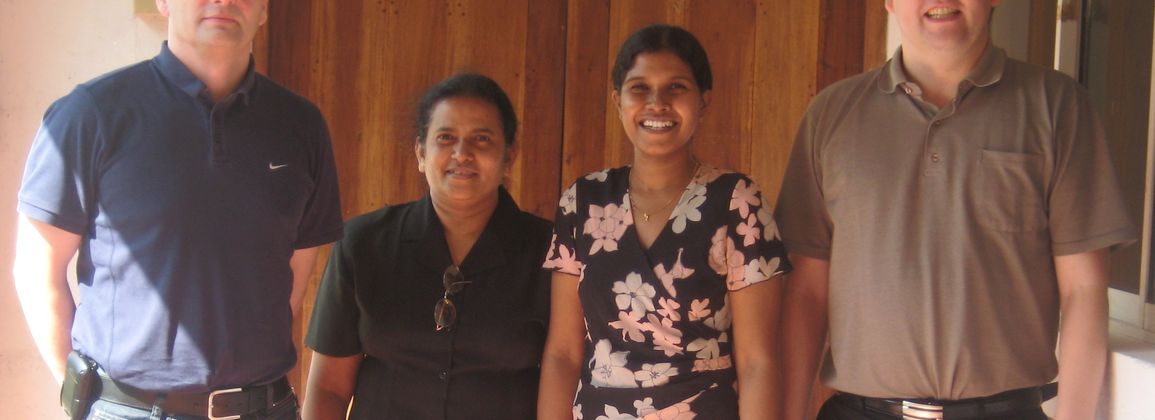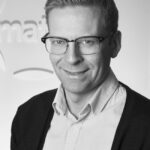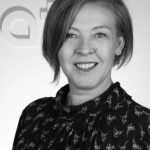People enjoy fish meals better and can think of buying fish more often if they receive instruction in quality assessment of fish, according to a survey conducted by Matís among fish consumers.
A course was held on how to assess the freshness of fish for consumers. The course was divided into two parts. In the first part, consumers were given a short lecture on the quality characteristics of cod and how it changes during storage. They were trained to evaluate the freshness of raw and boiled cod fillets of different freshness according to rating scales.
In the second part of the course, the same consumers were asked to rate raw and cooked fillets according to their own taste and also to evaluate freshness. Furthermore, they were asked for suggestions regarding the instructions, the grading scales and whether the content of the course was useful. The results of the course indicated that guidelines of this kind are fully relevant to consumers.
The course participants' assessment of raw and cooked fish fillets according to grading scales showed that they were quick to adopt the methods and descriptions given of different raw materials. At the end of the course, the participants in question were more confident in assessing the quality of fish, believing that they would enjoy fish meals better than before and that they would buy fish more often than before.
The results of the project, entitled Knowledgeable Fish Consumers, provide evidence that people benefit from guidelines on handling and quality. It would be prudent to follow up the project with a larger group of consumers, both to obtain a more reliable assessment of the usefulness of this type of guidance, as well as to monitor the long-term impact of this type of information.
You can read about the results of the survey here.

